Could The U.S. Automobile Fleet Run On Wind And Solar Power?
R-Squared Energy
SEPTEMBER 3, 2020
with electricity from solar photovoltaic (PV) power. on solar power would require a substantial amount of backup power or storage for when the sun isn’t shining. I also knew that my solar PV calculation was subject to many assumptions, and the answer could therefore be 50% too large or 50% too small.



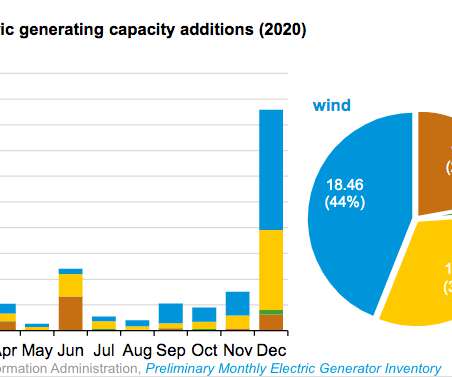
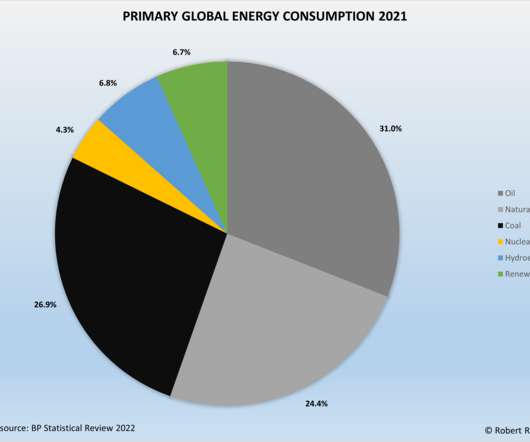
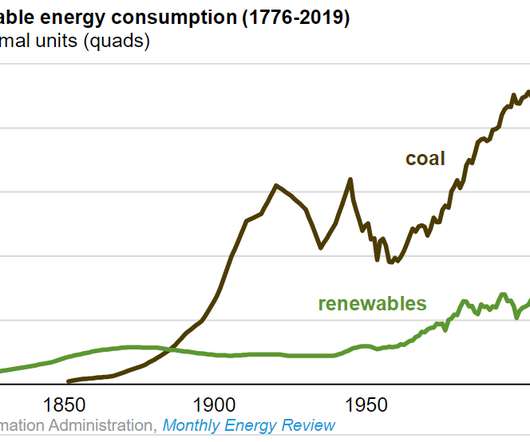

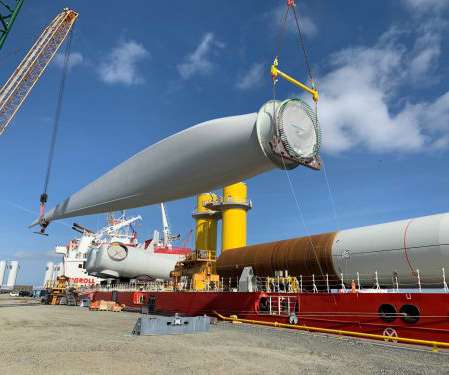


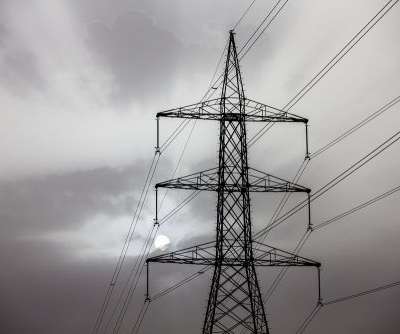








Let's personalize your content